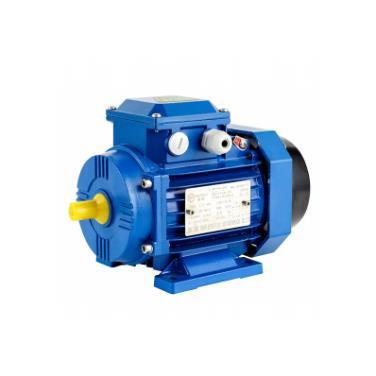In recent years, although the research and development of highly effective motor is basically in sync with the international level, the technical progress is very optimistic. However, as the price is 10-30% higher than that of ordinary motors, most of IE3 high-efficiency motors produced are exported and rarely used in China. The proportion of high-efficiency motors in the existing stock of domestic motors is less than 5%. It is not difficult to see that there are still great challenges in the application of high efficiency motor in our country.
The electric power consumption of industrial motor accounts for about 75% of the total industrial electricity consumption, and motor energy saving has become the key to industrial energy saving. With the dual pressure of energy saving and emission reduction and environmental protection, energy saving equipment represented by high-efficiency motor has attracted much attention in the market. High efficiency motor adopts new motor design, new technology and new materials to improve the output efficiency by reducing the loss of electromagnetic energy, thermal energy and mechanical energy. Compared with the ordinary standard motor, the efficiency can be increased by 4% on average. In terms of the life cycle of the motor, in fact, the initial purchase, installation and maintenance costs only account for about 2.70% of the total cost, while the electricity costs for operation account for about 97.30%. Therefore, choosing an efficient motor can save a lot of electricity costs, which is more in line with the interests of motor users in the long run.
As early as 2008, the motor system energy saving will be listed in the national ten energy saving projects, and the high efficiency, super efficient motor application in 2009 to benefit the people of the project. At the beginning of last year, the National Motor Energy Efficiency Improvement Plan was introduced. According to the plan, the upgrading of motor products will be achieved in 2015, with 50% of low-voltage three-phase cage asynchronous motor products and 40% of high-voltage motor products meeting the standards for efficient motor energy efficiency. A total of 170 million kw of high-efficiency motors have been promoted, 160 million kw of low-efficiency motors have been phased out, 100 million kW of energy-saving technology has been upgraded in motor systems, and 20 million kW of high-efficiency motor production has been phased out. It is expected to save 80 billion KWH of electricity in 2015, equivalent to saving 26 million tons of standard coal and reducing 68 million tons of carbon dioxide. The Energy Conservation and Comprehensive Utilization Department of the Ministry of Industry and Information Technology (MIIT) announced that it will officially implement the motor energy efficiency improvement plan nationwide. The plan aims to use three years to improve the energy efficiency of motors nationwide and promote the transformation and upgrading of the motor industry. More than 30,000 industrial enterprises that consume more than 10 million kilowatt hours of electricity annually will be the focus of the plan. Accordingly, it is estimated that this plan will drive the demand for high-efficiency motors and related equipment close to 100 billion yuan. With the promotion of "Motor Energy Efficiency Improvement Plan", the market demand for efficient motors will be gradually released, increasing year by year.


